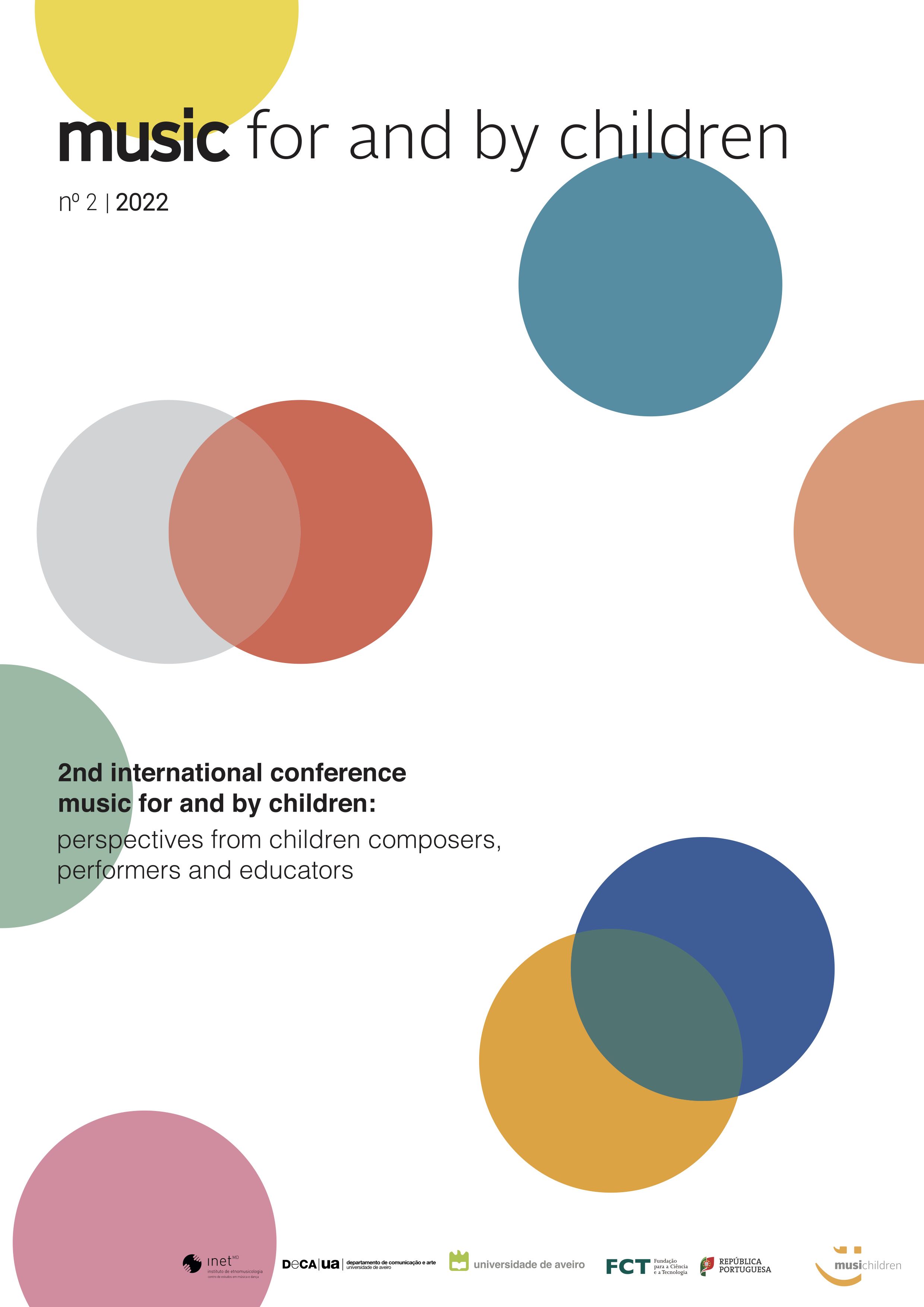Experiencing music before decoding:
the relationship between imitation and music reading at XXXX books
Abstract
Theoretical background or Context
"It is necessary to read the world before reading words". For the Brazilian pedagogue Paulo Freire (1989), "reading the world" happens when we understand and apprehend things, signs, relations, in short, our "first readings" of our context. Making an analogy with the acquisition of musical reading, we can infer that the reading of the sound world by the child may occur through a musical experience with the body, the voice, the different sound sources, through imitation, exploration, improvisation, associations with elements of the child universe and also through the graphic representation of musical elements. The approach of the musical notation can be done in an analogous way to what is proposed by the Psychogenesis of the written language (FERRERO and TEBEROSKY, 1985), In studies about the learning of musical writing (BAMBERGER, 1990; SALLES, 1996; FURLAN, 2007; RHODEN, 2010), the authors demonstrate that the genesis of the musical notation of the child occurs in a similar way to the written language: through hypotheses, as demonstrated by Ferrero and Teberosky (1985).
Aims
In tune with Paulo Freire's thoughts (1989) this paper intends to discuss the processes involved in the acquisition of music reading by the child in the context of initiation to the piano. For that we will approach the repertoire of our own books xxxx, which propose an a priori learning "by imitation" followed by the association to the musical notation. These books are outcomes of a university extension project aimed at the initial and continuous training of piano teachers that has been developed since 2015 at the Federal University of xxxx, Brazil.
Methodology
The approach by imitation, proposed in the first book, is shown as a previous experience of " reading the sound world through the piano" and which, together with sound exploration and improvisation, enables the acquisition of auditory, kinesthetic and topographical schemes necessary for the musical reading stage. The introduction to musical reading for children, proposed by the second book, brings elements which favors the association of the experience provided by imitation, exploration and improvisation. The theme of animals, closer to the child's universe, may give rise to metaphors which will help in the development of basic piano technique and musical understanding. The non-conventional notation used is closer to the child's thought because it is more concrete and is configured as "hypotheses" that can probably be used by children in the process of acquisition of musical notation.
Results
The reception of the books has been very positive, both by the academic community, as well as by the external community, which reinforces our conviction in the importance of the rote methodology for piano teaching.
Final considerations
Offering children a global musical experience in which they can "read the sound world" through imitation, exploration, improvisation, association and graphic representation is what we bring with the proposals of the books xxxx.
Copyright (c) 2023 Music for and by children

This work is licensed under a Creative Commons Attribution 4.0 International License.





